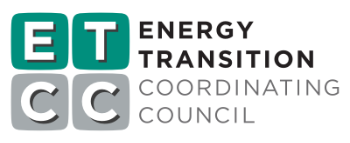Project Info
COMPLETE
Project Title
Integrated HVAC RTU Remote Monitoring Systems
Project Number ET23SWE0037 Organization SWE (Statewide Electric ETP) End-use HVAC Sector Commercial Project Year(s) 2023 - 2025Project Results
This project evaluated Carrier’s SystemVu, a factory-installed remote monitoring and AFDD platform for RTUs and heat pumps. SystemVu monitors over 260 operational variables and generates more than 100 alarm codes, enabling real-time diagnostics and maintenance tracking. It was paired with BEMA (BEMA 2025), a third-party cloud-based data acquisition system that analyzes equipment performance at one-minute intervals and issues alerts for faults and off-hours operation. Combined, these technologies support proactive maintenance strategies and drive energy savings.
Project Report Document
Loading PDF Preview...
